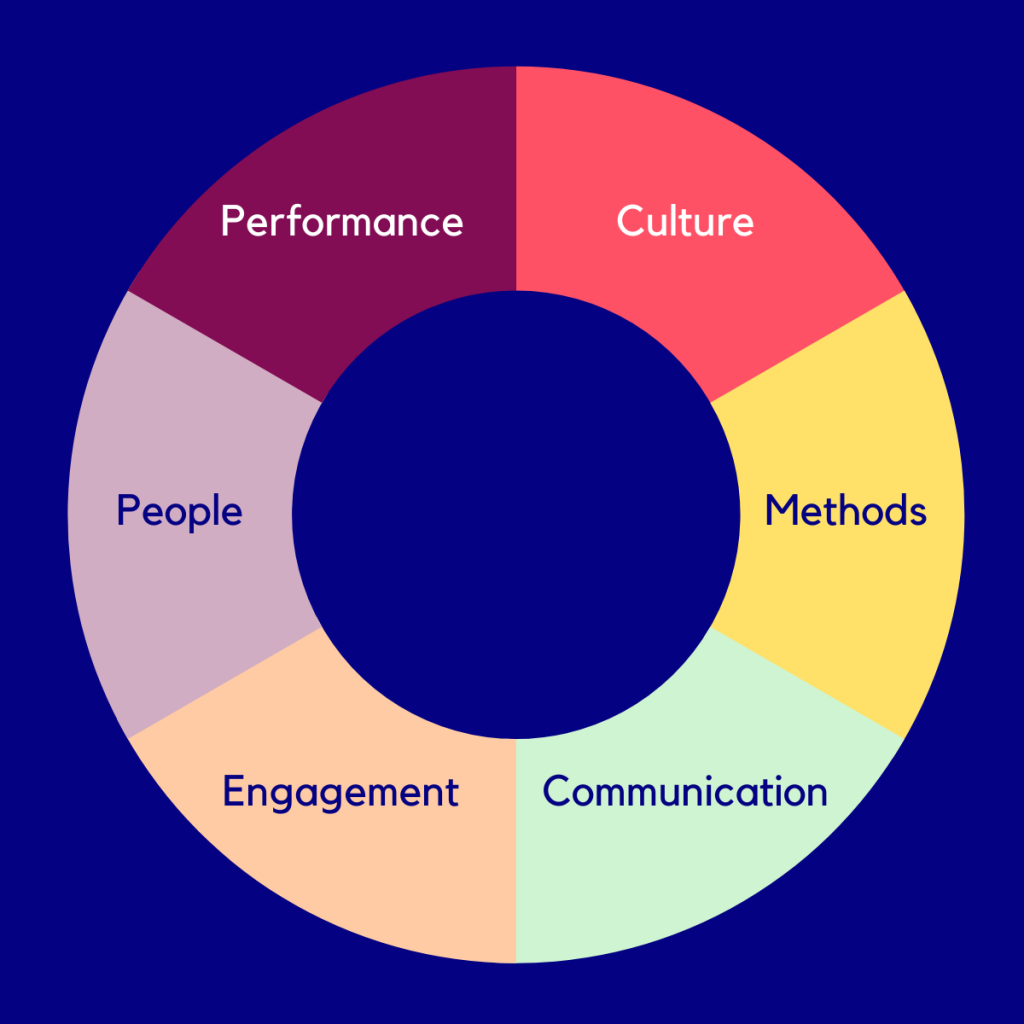You know that inclusive teams perform better and people are happier and want to stay in their roles. But what if your bosses don’t know that? Maybe they think talking about this is wasting time and these are side projects to work on in your spare time. Persuading your company to work on this can feel like an uphill task. It’s something we hear about a lot from people who really want to see this prioritised in their workplace. And 58% of job seekers looking for new roles are looking to see that diversity and inclusion are prioritised.
So who better to help us with this? We took inspiration from Simon Sinek who wrote Start With Why. We looked at how he would structure the communication to your company to create a compelling case.
1. Start With “Why”
To effectively persuade your boss, it’s crucial for you to understand the “why” behind diversity and inclusion yourself. What are your reasons for prioritising this? Perhaps you have experienced discrimination yourself? Perhaps you have seen others experience discrimination? It could be that you want to drive change in the world to create an inclusive and fair world. All of those reasons and more are ethically sound reasons. But if you want to persuade leaders to spend money on this and allocate time, then you will need to research further. And there is so much research to show that diverse teams outperform those who do not include different people and perspectives. Diverse teams output 19% more innovation, are 25% more productive, make better decisions 87% of the time and are 36% more profitable. Now that’s a business case!
2. Tell a Story
Stories have the power to connect people emotionally and convey a message that resonates deeply. Find real-life examples of how diversity and inclusion have positively impacted other companies, highlighting their growth and success. Paint a vivid picture of how a workplace that values diversity fosters a sense of belonging, employee satisfaction, and increased productivity. Use anecdotes to emphasize the human element and how individuals thrive when they feel valued for who they are. And to tell that story use the compelling evidence others have already created. A good example is Accenture’s Inclusion Starts With I video.
3. Address Potential Concerns
Everyone is busy, your company leaders have other priorities. Much as they might love seeing the video, it might stir up concerns and doubts in their minds. People worry that diversity and inclusion work might upset some people, distract others and impact the company reputation. The fact is, not doing anything about this will impact the company reputation even more, Acknowledge that change can be uncomfortable for some and that this is not about taking anything away from anyone, it’s about creating space for everyone. Listen actively and empathetically to their worries and address them head-on. Common concerns might include potential resistance from employees, increased costs associated with implementing diversity initiatives, or fears of tokenism. By demonstrating your understanding and providing thoughtful responses, you can alleviate their concerns and create a sense of trust.
4. Present a Roadmap
A well-defined roadmap is essential to demonstrate that you have thought this through will help. Break down the steps necessary to introduce diversity and inclusion initiatives effectively. Consider starting with small pilot projects or initiatives that can demonstrate tangible results and build momentum. Present a clear timeline, allocate necessary resources, and outline how you plan to measure success. By presenting a well-thought-out plan, you show your boss that you are committed to making this a success.
And remember to present budget calculations, a range of options and decision timelines to help this along.
5. Build a Team
No change can be achieved alone. And with diversity and inclusion work you will need a team of people committed to this. There can be pressure on your mental health working on projects like this. So find people who want to work on this too. They may come from very different perspectives to you and be in very different roles, but that is the point. You will need to engage people across the company. Encourage people to share their perspectives and stories to help build your case. When leaders see that a significant number of people are passionate about this, they will be more willing to listen. Gather all those facts, stories and concerns to help you along the way.
Persuading your company to see this as a priority is a journey that requires a compelling case rooted in the power of diversity, a focus on the business impact, and a well-defined roadmap for implementation. Remember to lead with empathy, understanding, and a commitment to the growth and success of your organization. By sharing stories, presenting data, and building a team, you can unlock the full potential of your workplace and create an environment where everyone feels valued and empowered to contribute their best.
Ready to get started? Try our quiz to help you work out where to start
https://watchthisspace.scoreapp.com/

